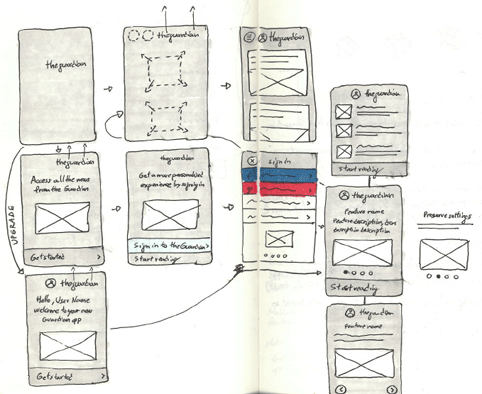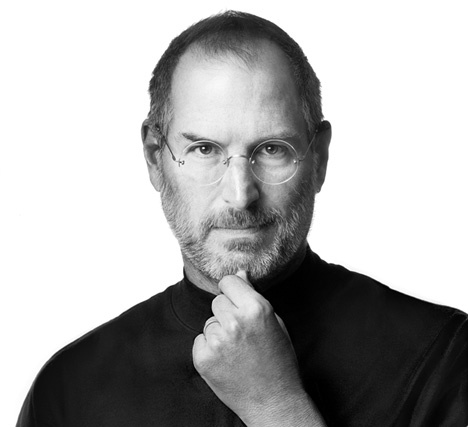The “hybrid-designers” shaping our future
Earlier this week Emily Bell, former Guardian journalist and now director of the Tow Center for Digital Journalism, gave the annual Hugh Cudlipp lecture at London College of Communication.

The lectures series aims to explore the future of journalistm and is named after the legendary former tabloid editor who turned the Daily Mirror into one of Britain’s best-selling newspaper.
Bell’s lecture explored the notion of the “digital tabloid” and looked a the rise of Google, Buzzfeed, citizen journalism. It’s pretty much required reading for anyone interested in communication and the media (you can see the full text here).
The lecture also made some very interesting points about how we think about design, designers and the way that they shape our world.
Bell described the modern newsroom – no longer a place of clattering typewriters and cigarette-puffing hacks, but now home to “optimisation desks”, data scientists, social media teams and, of course, designers. Designers who are there think about all the information that is produced and how it should be interpreted and visualised.
You can see this practice in the newly launched Guardian website – the result of a collaboration between journalists, designers and digital experts.

Designers are, of course, incredibly important in modern media. But then they were in print as well, so there’s nothing particularly new here.
What’s interesting though is to look – as Bell does – at the people shaping the future of modern media and who they are. These people tend not to be journalists, or technologists or designers but somehow a hybrid of all three.
One key example is Buzzfeed founder Jonah Peretti, who Bell describes as “a creative technologist with editorial flair”. Peretti has turned Buzzfeed – originally a spin-off of Huffington Post – into one of the world’s most influential media titles.
The reason Buzzfeed is such a success is not necessarily because of its content and almost certainly not because of its front-end design. It’s because of its sophisticated social, search and community-building strategies, all of which require an understanding of content, technology and user-experience design.
Increasingly it is “hybrid-designers” like Peretti – who have an innate understanding of design but may not actually be designers themselves – who are shaping the world we live in.
The classic example of the “hybrid-designer” is of course Steve Jobs – a non-designer who turned Apple into the most valuable company in the world by making it design-led.

Jobs probably did more to raise awareness of the value of design than anyone else in history – and certainly more than any other non-designer.
The examples of Peretti and Jobs of course show the effect that design can have – but they also show that to be truly effective design must be outward-facing and considered alongside other disciplines, such as technology, customer experience or journalism.
Peretti is doing to the media what Jobs did to consumer goods – changing the model and thinking far in advance of anyone else. But both are showing and have shown that while design on its own may not necessarily be enough to change the world, the ability to combine design thinking with other skills certainly is.





I think ‘hybrid designer’ is a nonsense phrase.
Sorry.
You are either a designer, or not a designer, not a non-designer who designs.
‘Design’ is not a job for any one set of human beings, or within any one set of disciplines, it’s a way of processing problems and turning them into solutions
We can all be designers of anything, a shed, a makeshift game with our kids, a kitchen, a way to dispense milk more efficiently around a school by a year 3 student. It’s all designed.
Interesting article and although there’s always been an historic element of crossover within the creative profession I’m not convinced this is the future of journalistm…
Journalism on the other hand…